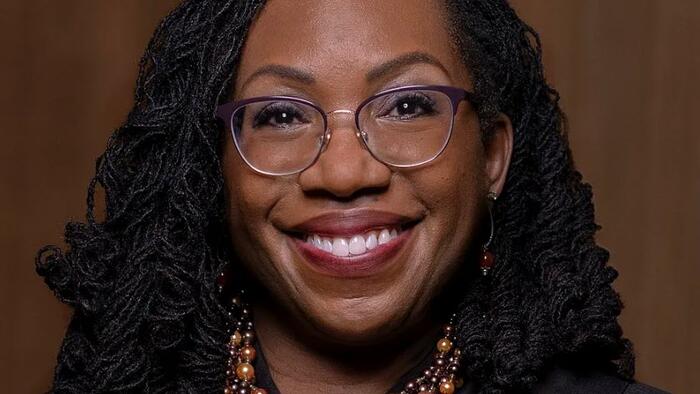


The last week’s historic decisions from the Supreme Court led to an array of factual objections from critics.
In Justice Neil Gorsuch’s major free speech ruling in 303 Creative LLC v. Elenis, a man who believes that he is “Stewart” referenced in the case (as asking for a website for a same sex marriage) never made such a contact with the company. In Justice Sotomayor’s dissent to that case, the justice falsely claims that the Pulse mass shooting (“the second-deadliest mass shooting in U.S. history”) was an intended anti-LGBT attack. (The shooter apparently was unaware of what type of nightclub it was).
Those mistakes, however, had little impact on the reasoning.
That is not the case with a mathematical challenge raised to the dissent of Justice Ketanji Brown Jackson in the North Carolina affirmative action case.
In a Wall Street Journal column, lawyer Ted Frank objects to what he argues is a “mathematically absurd claim” about black newborns in Jackson’s dissent. Jackson was arguing that affirmative action has been shown to “save lives” by allowing black doctors to give better care for black people than white doctors.
“It saves lives. For marginalized communities in North Carolina, it is critically important that UNC and other area institutions produce highly educated professionals of color. Research shows that Black physicians are more likely to accurately assess Black patients’ pain tolerance and treat them accordingly (including, for example, prescribing them appropriate amounts of pain medication). For high-risk Black newborns, having a Black physician more than doubles the likelihood that the baby will live, and not die.”
Frank objected:
“A moment’s thought should be enough to realize that this claim is wildly implausible. Imagine if 40% of black newborns died—thousands of dead infants every week. But even so, that’s a 60% survival rate, which is mathematically impossible to double. And the actual survival rate is over 99%.”
The claim is based on a 2020 study cited in a footnote, which Justice Jackson appears to have taken from an amicus brief by the Association of American Medical Colleges. However, Frank again objects that the study is not only “flawed” but does not make that claim:
“The study makes no such claims. It examines mortality rates in Florida newborns between 1992 and 2015 and shows a 0.13% to 0.2% improvement in survival rates for black newborns with black pediatricians (though no statistically significant improvement for black obstetricians).”
Frank says that “the AAMC brief either misunderstood the paper or invented the statistic.” He also notes that the study is flawed by relying on a linear regression given the small differential of 10 newborns a year. Instead, he claims that study did the accepted logistic model analysis in such cases but put the results in an appendix:
“There, the most highly specified model still shows an improvement in black newborn survival. But if you know how to read the numbers—the authors don’t say it—it also shows black doctors with a statistically significant higher mortality rate for white newborns, and a higher mortality rate overall, all else being equal.”
I cannot claim any particular skill at “reading the numbers.” However, this controversy captured my attention because I have always been leery of so-called “Brandeis briefs” before the Supreme Court where amici dump studies into the record.
Before joining the court, Justice Louis Brandeis filed such a brief in his brilliant challenge to work place conditions. It is now a common feature in briefing of cases as groups and associations push studies as determinative or substantial evidence on one side or another. My opposition to the brief is that the justices are in a poor position to judge the veracity or accuracy of such studies. They simply pick and choose between rivaling studies to claim a definitive factual foundation for an opinion.
It is also frustrating that, as a litigator, you fight over every entry into the record at trial. However, when you are before the Supreme Court, everyone is free to just dump statistics and studies into the record and the Court regularly uses such material to determine the outcome. It produces more of a legislative environment for the court as different parties insert data to support their own view of what is a better policy or more serious social problem. There is only a limited ability of parties to challenge such data given limits on time and space in briefing.
The result is that major decisions or dissents can be built on highly contested factual assertions. In this case, critics believe that the Jackson argument literally does not add up.
